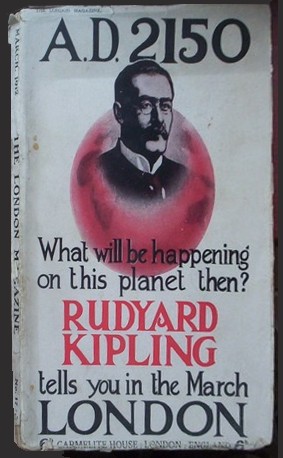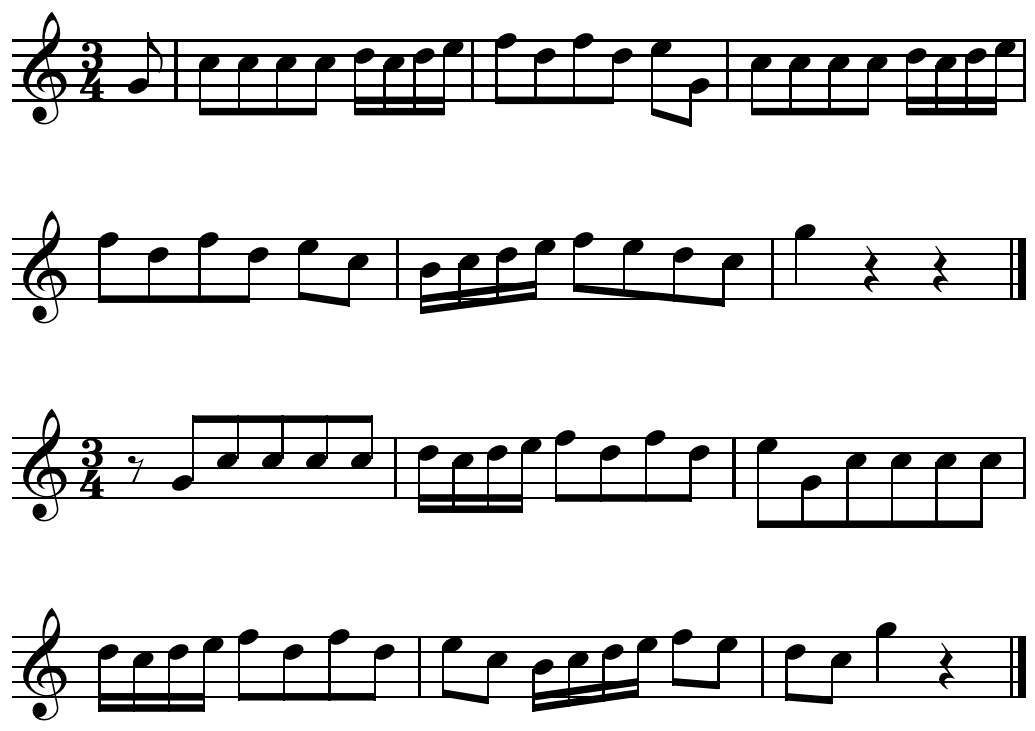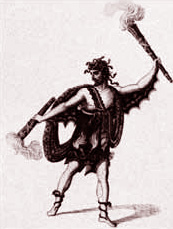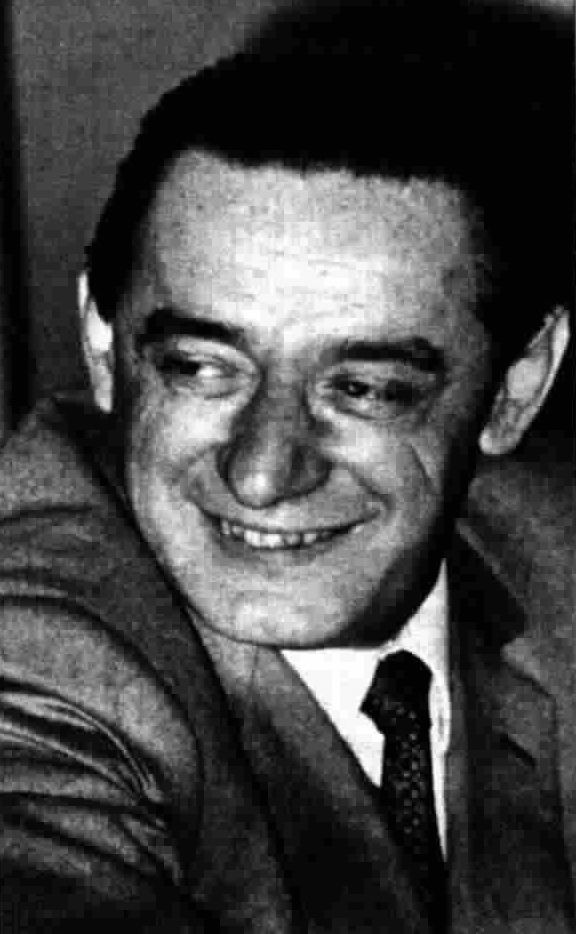|
Eliodoro Bianchi
Eliodoro Bianchi (6 May 1773 – 10 May 1848) was an Italian operatic tenor and later a prominent singing teacher. Born in Cividate al Piano and trained in Naples under Giacomo Tritto, he made his stage debut in 1793. Amongst the many roles he created during the course of his 40-year career were Baldassare in ''Ciro in Babilonia'' and the King of Sweden in ''Eduardo e Cristina'', both of which were composed by Rossini expressly for Bianchi's voice. He retired from the stage in 1835 and spent his later years in Palazzolo sull'Oglio, where he died at the age of 75. Life and career Bianchi was born in Cividate al Piano, a town in the Province of Bergamo, to Claudia ''née'' Balestra and Massimo Bianchi. He was the youngest of their nine children. The family moved to Palazzolo sull'Oglio near Brescia in 1775 when Massimo Bianchi was appointed the organist for the town's newly completed cathedral. Bianchi received his early musical training from his father and sang as a boy soprano ... [...More Info...] [...Related Items...] OR: [Wikipedia] [Google] [Baidu] |
Cividate Al Piano
Cividate al Piano (Bergamasque: or ) is a town and ''comune'' in the province of Bergamo, in Lombardy, Italy. In 1191 the municipal territory was the seat of the battle of Rudiano between the communes of Bergamo, supported by Cremona, and those of Brescia, supported by Milan. The Italian tenor Eliodoro Bianchi was born in Cividate al Piano in 1773.Frajese, Vittorio (1968)"Bianchi, Eliodoro" ''Dizionario Biografico degli Italiani The ''Dizionario Biografico degli Italiani'' ( en, Biographical Dictionary of the Italians) is a biographical dictionary published by the Istituto dell'Enciclopedia Italiana, started in 1925 and completed in 2020. It includes about 40,000 biograp ...'', Vol. 10. Online version retrieved 9 January 2020 References External linksOfficial website Cities and towns in Lombardy {{Bergamo-geo-stub ... [...More Info...] [...Related Items...] OR: [Wikipedia] [Google] [Baidu] |
Cantata
A cantata (; ; literally "sung", past participle feminine singular of the Italian verb ''cantare'', "to sing") is a vocal composition with an instrumental accompaniment, typically in several movements, often involving a choir. The meaning of the term changed over time, from the simple single-voice madrigal of the early 17th century, to the multi-voice "cantata da camera" and the "cantata da chiesa" of the later part of that century, from the more substantial dramatic forms of the 18th century to the usually sacred-texted 19th-century cantata, which was effectively a type of short oratorio. Cantatas for use in the liturgy of church services are called church cantata or sacred cantata; other cantatas can be indicated as secular cantatas. Several cantatas were, and still are, written for special occasions, such as Christmas cantatas. Christoph Graupner, Georg Philipp Telemann and Johann Sebastian Bach composed cycles of church cantatas for the occasions of the liturgical year. ... [...More Info...] [...Related Items...] OR: [Wikipedia] [Google] [Baidu] |
Elisa Orlandi
Elisa Orlandi (1811–1834) was an Italian opera singer who was active at major opera houses in Italy from 1829 until her sudden death in 1834. Possessing a wide vocal range with a significant amount of coloratura facility, she tackled roles from both the mezzo-soprano and soprano repertoires. She is best remembered today for portraying the role of Giovanna Seymour (Jane Seymour) in the world premiere of Gaetano Donizetti's '' Anna Bolena'' in 1830. Biography Born in Macerata, Orlandi's family moved to Padua soon after her birth. She studied singing in that city with Nardelli and made her professional debut there in 1829 at the age of 18. Later that year she made successful appearances in Milan and Rome. On 24 November 1829 she portrayed Isaura to the Amenaide of Giuditta Pasta in Gioachino Rossini's ''Tancredi'' at the Teatro Comunale di Bologna in the presence of the composer. [...More Info...] [...Related Items...] OR: [Wikipedia] [Google] [Baidu] |
The London Magazine
''The London Magazine'' is the title of six different publications that have appeared in succession since 1732. All six have focused on the arts, literature and miscellaneous topics. 1732–1785 ''The London Magazine, or, Gentleman's Monthly Intelligencer'' was founded in 1732 in political opposition and rivalry to the Tory-supporting ''Gentleman's Magazine'' and ran for 53 years until its closure in 1785. Edward Kimber became editor in 1755, succeeding his father Isaac Kimber. Henry Mayo was editor from 1775 to 1783. Publishers included Thomas Astley. 1820–1829 In 1820 the ''London Magazine'' was resurrected by the publishers Baldwin, Craddock & Joy under the editorship of John Scott who formatted the magazine along the lines of the Edinburgh publication ''Blackwood's Magazine''. It was during this time that the magazine published poems by William Wordsworth, Percy Bysshe Shelley, John Clare and John Keats. In September 1821 the first of two instalments of Thomas De Quinc ... [...More Info...] [...Related Items...] OR: [Wikipedia] [Google] [Baidu] |
Le Moniteur Universel
was a French newspaper founded in Paris on November 24, 1789 under the title by Charles-Joseph Panckoucke, and which ceased publication on December 31, 1868. It was the main French newspaper during the French Revolution and was for a long time the official journal of the French government and at times a propaganda publication, especially under the Napoleonic regime. had a large circulation in France and Europe, and also in America during the French Revolution.David I. Kulstein, "The Ideas of Charles-Joseph Panckoucke, Publisher of the Moniteur Universel, on the French Revolution.," ''French Historical Studies'' (1966) 4#3 pp 304-19 History The interest aroused by the debates of the first National Assembly suggested to Hugues-Bernard Maret the idea of publishing them in the ''Bulletin de l'Assemblée''. Charles-Joseph Panckoucke (1736-1798), owner of the Mercure de France and publisher of the famous Encyclopédie of 1785, persuaded him to merge this into a larger paper, the '' ... [...More Info...] [...Related Items...] OR: [Wikipedia] [Google] [Baidu] |
Musical Phrasing
Musical phrasing is the method by which a musician shapes a sequence of notes in a passage of music to allow expression, much like when speaking English a phrase may be written identically but may be spoken differently, and is named for the interpretation of small units of time known as phrases (half of a period). A musician accomplishes this by interpreting the music—from memory or sheet music—by altering tone, tempo, dynamics, articulation, inflection, and other characteristics. Phrasing can emphasise a concept in the music or a message in the lyrics, or it can digress from the composer's intention, aspects of which are commonly indicated in musical notation called phrase marks or phrase markings. For example, accelerating the tempo or prolonging a note may add tension. Giuseppe Cambini—a composer, violinist, and music teacher of the Classical period—had this to say about bowed string instruments, specifically violin, phrasing: Intuitive and analytical phrasin ... [...More Info...] [...Related Items...] OR: [Wikipedia] [Google] [Baidu] |
Baritenor
Baritenor (also rendered in English language sources as bari-tenor or baritenore) is a portmanteau (blend) of the words "baritone" and "tenor." It is used to describe both baritone and tenor voices. In ''Webster's Third New International Dictionary'' it is defined as "a baritone singing voice with virtually a tenor range." However, the term was defined in several late 19th century and early 20th century music dictionaries, such as ''The American History and Encyclopedia of Music'', as "a low tenor voice, almost barytone sic.html"_;"title="'sic">'sic''" _In_opera Baritenor_(or_its_Italian_language.html" "title="sic">'sic''.html" ;"title="sic.html" ;"title="'sic">'sic''">sic.html" ;"title="'sic">'sic''" In opera Baritenor (or its Italian language">Italian form, ''baritenore'') is still used today to describe a type of tenor voice which came to particular prominence in Rossini's operas. It is characterized by a dark, weighty lower octave and a ringing upper one but with sufficient ... [...More Info...] [...Related Items...] OR: [Wikipedia] [Google] [Baidu] |
Rodolfo Celletti
Rodolfo Celletti (1917–2004) was an Italian musicologist, critic, voice teacher, and novelist. Considered one of the leading scholars of the operatic voice and the history of operatic performance, he published many books and articles on the subject as well as several novels. Biography Celletti was born in Rome on 13 June 1917. He served in the Italian army from 1937 to 1943, and after World War II, took a degree in law from the University of Rome. He became a successful business executive in Milan, and then created a second career for himself as a (self-taught) musicologist and critic. For many years he was the music critic of the Italian weekly magazine ''Epoca'' and was a regular contributor to ''la Repubblica'', ''L'opera'', ''Nuova rivista musicale italiana'', ''Opera'', and ''Amadeus''. In addition to his articles in specialist publications and ''The New Grove Dictionary of Opera'', he published several books, most notably '' Le grandi voci'' (1964), at the time considered ... [...More Info...] [...Related Items...] OR: [Wikipedia] [Google] [Baidu] |
Aureliano In Palmira
''Aureliano in Palmira'' is an operatic ''dramma serio'' in two acts written by Gioachino Rossini to an Italian libretto in which the librettist was credited only by the initials "G. F. R." The libretto has generally been attributed to Felice Romani, but sometimes to the otherwise unknown Gian Francesco Romanelli. It has been suggested that the latter name may have resulted from a confusion of Romani with Luigi Romanelli, La Scala's house poet prior to Romani's appointment to the post. The story was based on the libretto by Gaetano Sertor for Pasquale Anfossi's 1789 opera '' Zenobia in Palmira'' and it centers on the rivalry between the Roman Emperor Aurelian and Prince Arsace of Persia over the beautiful Zenobia, Queen of Palmyra. The act 1 duet between Zenobia and Arsace, "Se tu m'ami, o mia regina" (If you love me, oh my queen), was greatly admired by Stendhal. Although he had never seen a complete performance of ''Aureliano in Palmira'', he heard the duet in a c ... [...More Info...] [...Related Items...] OR: [Wikipedia] [Google] [Baidu] |
Opera Buffa
''Opera buffa'' (; "comic opera", plural: ''opere buffe'') is a genre of opera. It was first used as an informal description of Italian comic operas variously classified by their authors as ''commedia in musica'', ''commedia per musica'', ''dramma bernesco'', ''dramma comico'', ''divertimento giocoso''. Especially associated with developments in Naples in the first half of the 18th century, whence its popularity spread to Rome and northern Italy, ''buffa'' was at first characterized by everyday settings, local dialects, and simple vocal writing (the basso buffo is the associated voice type), the main requirement being clear diction and facility with patter. ''The New Grove Dictionary of Opera'' considers ''La Cilla'' (music by Michelangelo Faggioli, text by , 1706) and Luigi and Federico Ricci's'' Crispino e la comare'' (1850) to be the first and last appearances of the genre, although the term is still occasionally applied to newer work (for example Ernst Krenek's ''Zeitoper'' ... [...More Info...] [...Related Items...] OR: [Wikipedia] [Google] [Baidu] |





